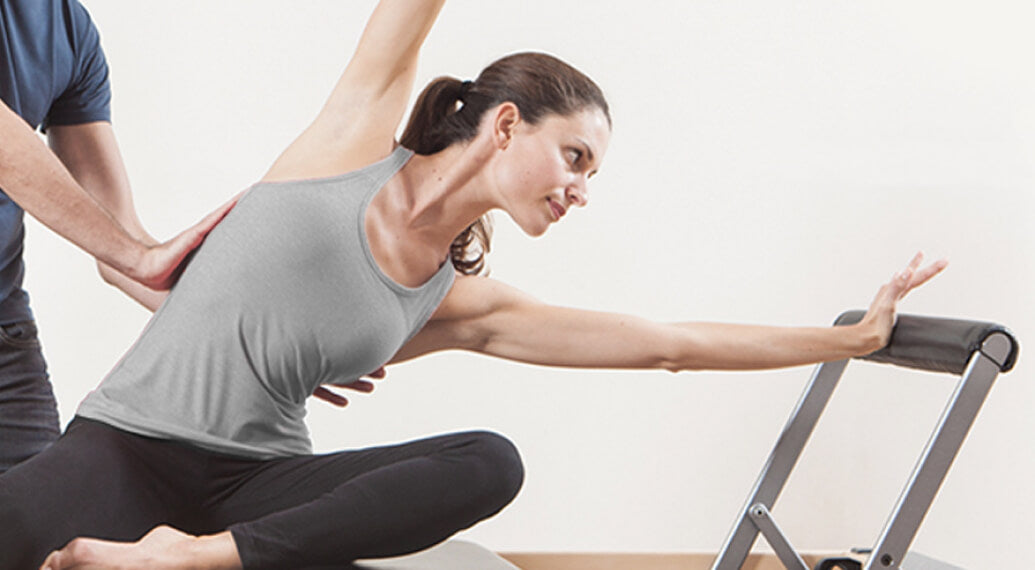Unlock Your Best Body: Discover the Ultimate Pilates Experience That Transforms!
Pilates has surged in popularity in recent years, captivating fitness enthusiasts and rehabilitation seekers alike. This low-impact exercise method, founded by Joseph Pilates in the early 20th century, emphasizes controlled movements and core strength. However, within the world of Pilates, two distinct styles have emerged: classical and contemporary. Each offers unique benefits tailored to different fitness levels and goals. Understanding the nuances between these two styles can empower you to make an informed decision about which path to take on your Pilates journey. Whether you are seeking to enhance your flexibility, build strength, or recover from an injury, this article will guide you in choosing the right approach that aligns with your personal wellness aspirations.

Understanding Classical Pilates
Classical Pilates refers to the original method developed by Joseph Pilates, preserving the integrity of his teachings and exercises. This style is grounded in the principles of alignment, control, and precision. Classical Pilates emphasizes a systematic approach, often following a specific repertoire of exercises performed on specialized equipment such as the Reformer, Cadillac, and Wunda Chair. Each movement is designed to strengthen the core, improve posture, and enhance overall body awareness. The focus on controlled movements encourages practitioners to connect their minds and bodies, fostering a deep sense of concentration. Many practitioners appreciate the consistency of classical Pilates, as it often leads to a strong foundation in technique, making it easier to progress to more advanced exercises. A friend of mine, who is a devoted classical Pilates practitioner, often shares how the discipline has transformed her strength and flexibility, allowing her to engage in other physical activities with more confidence and ease.
Exploring Contemporary Pilates
Contemporary Pilates has evolved from the classical method, integrating modern techniques and research into the practice. While it retains core principles of Pilates, contemporary styles often introduce variations in exercises to accommodate a wider range of bodies and fitness levels. This adaptability makes contemporary Pilates appealing to those looking for a more personalized approach. Instructors may incorporate props, such as resistance bands and stability balls, to enhance the workout experience. Additionally, contemporary Pilates often emphasizes functional movement patterns, making it highly relevant for athletes and those recovering from injuries. Many studios offer classes that vary in intensity and focus, allowing participants to choose sessions that align with their individual goals. A colleague of mine who switched from classical to contemporary Pilates mentioned how the flexibility of the classes has enabled her to explore new exercises that suit her changing fitness needs, all while still providing the core benefits she sought.
Comparing the Benefits of Classical vs. Contemporary Pilates
Both classical and contemporary Pilates boast numerous benefits, though they cater to different preferences and goals. Classical Pilates is often praised for its structured approach, which helps develop a solid foundation in the principles of Pilates. This can lead to significant improvements in core strength, posture, and overall body control, making it an excellent choice for individuals seeking a disciplined practice. On the other hand, contemporary Pilates offers flexibility and adaptability, appealing to those who prefer a more varied workout. With its focus on functional movements, contemporary Pilates can be particularly beneficial for athletes looking to enhance performance and prevent injury. Mentally, both styles promote mindfulness and body awareness, but the contemporary approach may resonate better with those who enjoy a more dynamic and responsive practice. Ultimately, the right style will depend on individual goals, whether you’re seeking rehabilitation, fitness enhancement, or a blend of both.
Choosing the Right Pilates Class or Equipment
When it comes to choosing between classical and contemporary Pilates, several factors should be considered. First, identify your personal fitness goals: Are you looking to strengthen your core, improve flexibility, or recover from an injury? Next, consider the qualifications and teaching style of the instructors. A well-versed instructor in either method can significantly impact your experience and results. Additionally, look into the class structure—classical Pilates usually adheres to a specific sequence, while contemporary classes may offer a mix of exercises tailored to participants' needs. Finally, if you're considering equipment, assess which style resonates with you. Some may prefer the traditional apparatus used in classical Pilates, while others might explore contemporary options that incorporate more diverse tools. By weighing these factors, you can find a Pilates class or equipment that aligns with your fitness journey.
Choosing Your Ideal Pilates Path
In conclusion, both classical and contemporary Pilates offer valuable paths to enhancing your physical and mental well-being. While classical Pilates provides a structured approach rooted in tradition, contemporary Pilates embraces flexibility and adaptability to meet the diverse needs of practitioners. Whether you resonate more with the precision of classical methods or the dynamic variations of contemporary practices, exploring both styles can lead to a more rewarding Pilates experience. Ultimately, the best choice is one that aligns with your personal goals and preferences, allowing you to unlock your best body and cultivate a sustainable fitness journey.


